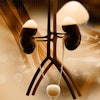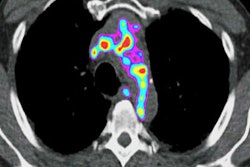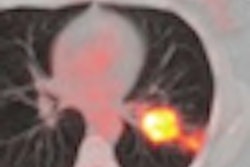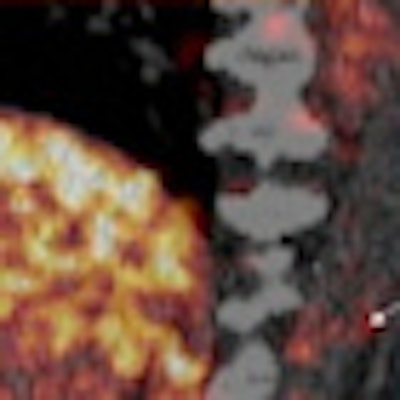
Canadian researchers have found that detecting vulnerable aortic plaque with conventional FDG-PET/CT myocardial viability studies is feasible, according to a presentation at the American Society of Nuclear Cardiology (ASNC) annual meeting in Philadelphia.
The group, from the University of Ottawa Heart Institute in Ottawa, Ontario, also found that the rate of very positive FDG uptake among patients with ischemic heart disease is low, which reflects aggressive secondary risk factor modification through statins and lip-lowering drugs.
FDG-PET/CT myocardial viability scans are routinely used on patients with severe coronary artery disease and left ventricular dysfunction, because FDG accumulates in areas with high levels of metabolism including vulnerable aortic plaque, according to the researchers.
Statins also have been shown to significantly reduce the degree of aortic FDG uptake. "Since the imaging window of FDG-PET/CT scans includes the aorta, we evaluated the feasibility of vulnerable plaque detection using the cardiac FDG-PET viability studies," noted senior study author Terrence Ruddy, MD, director of nuclear medicine at the Heart Institute and head of nuclear medicine at Ottawa Hospital, and colleagues.
Myocardial viability scans
The researchers retrospectively analyzed FDG uptake in 30 consecutive patients, 24 men and six women, who received FDG-PET myocardial viability scans and had a history of coronary artery disease. In addition, 28 of the 30 patients were being treated with statins or other lipid-lowering agents.
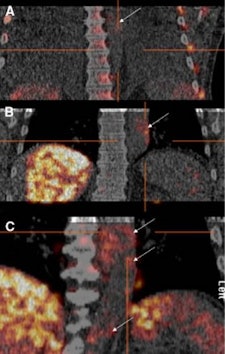 |
| The three images represent clinical myocardial FDG-PET/CT viability studies, which show Grade 0 or negative aortic FDG uptake (A), Grade 1 or mildly positive aortic FDG uptake (B), and Grade 2 or very positive aortic 18-FDG uptake (C). Images courtesy of the University of Ottawa Heart Institute. |
The researchers then evaluated the areas of FDG uptake and activity relative to blood pool. Grade 0 or negative evaluation was given to areas with no activity, or if the average SUV to blood pool average SUV ratio was less than 1.25. Grade 1 or mildly positive activity indicated a ratio of average SUV to blood pool average SUV of 1.25 to 1.50. Grade 2 or very positive activity indicated that the ratio of average SUV to blood pool average SUV was greater than 1.50.
FDG uptake
The analysis found that six (17%) of the 30 studies had grade 2 or very positive FDG uptake, while 19 studies (63%) had grade 1 or mildly positive FDG uptake. The remaining five studies (17%) had little or no FDG uptake.
Five of the six patients with grade 2 or very positive uptake were on a lipid-lowering agent. In addition, 19 of 20 patients with grade 1 mildly positive uptake were on a lipid-lowering agent. All five patients with grade 0 negative uptake were on a lipid-lowering agent.
Based on the results, Ruddy and colleagues concluded that detecting vulnerable aortic plaque with conventional FDG-PET/CT viability scans is feasible. "The rate of very positive uptake in this population of ischemic heart disease patients is low, reflecting aggressive secondary risk factor modification" and showing the value of statins and lipid-lowering agents.
By Wayne Forrest
AuntMinnie.com staff writer
September 27, 2010
Related Reading
PET-guided treatment reduces events in heart patients, April 2, 2010
Cedars-Sinai explores PET's future in nuclear cardiology, April 11, 2008
PET shows superiority in detecting coronary artery disease, March 28, 2008
PET identifies inflammation severity in carotid plaques, November 21, 2006
PET perfusion can predict cardiac events, March 15, 2006
Copyright © 2010 AuntMinnie.com


